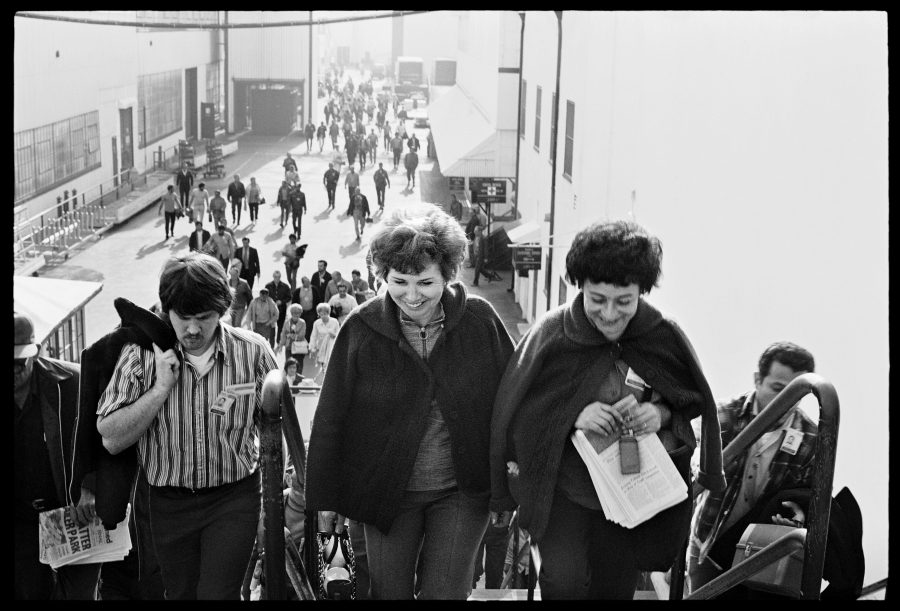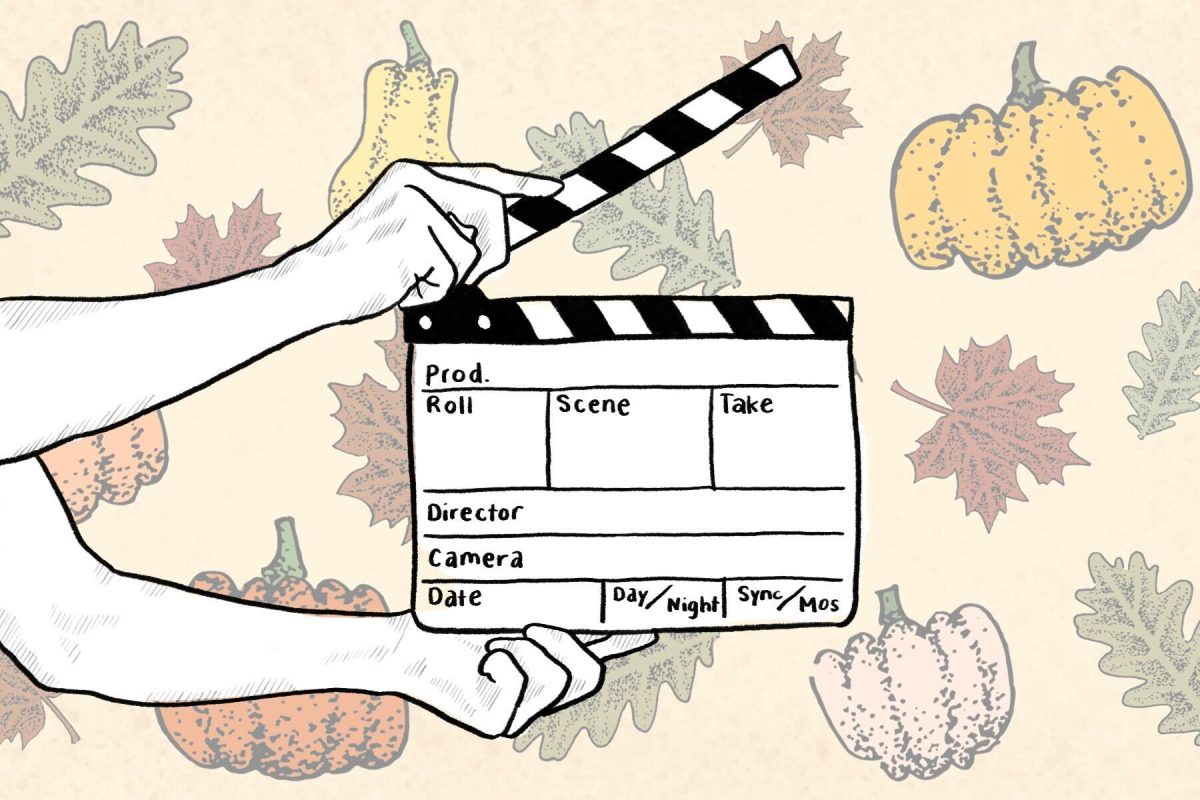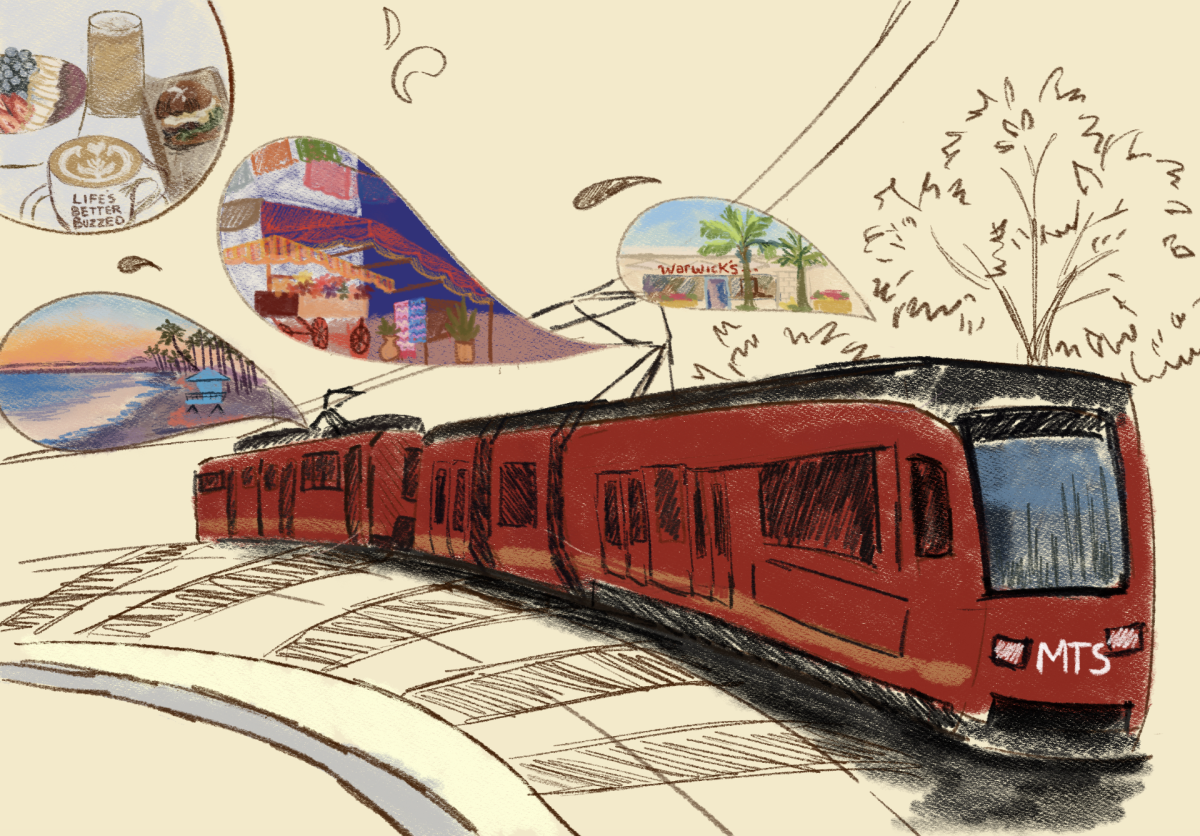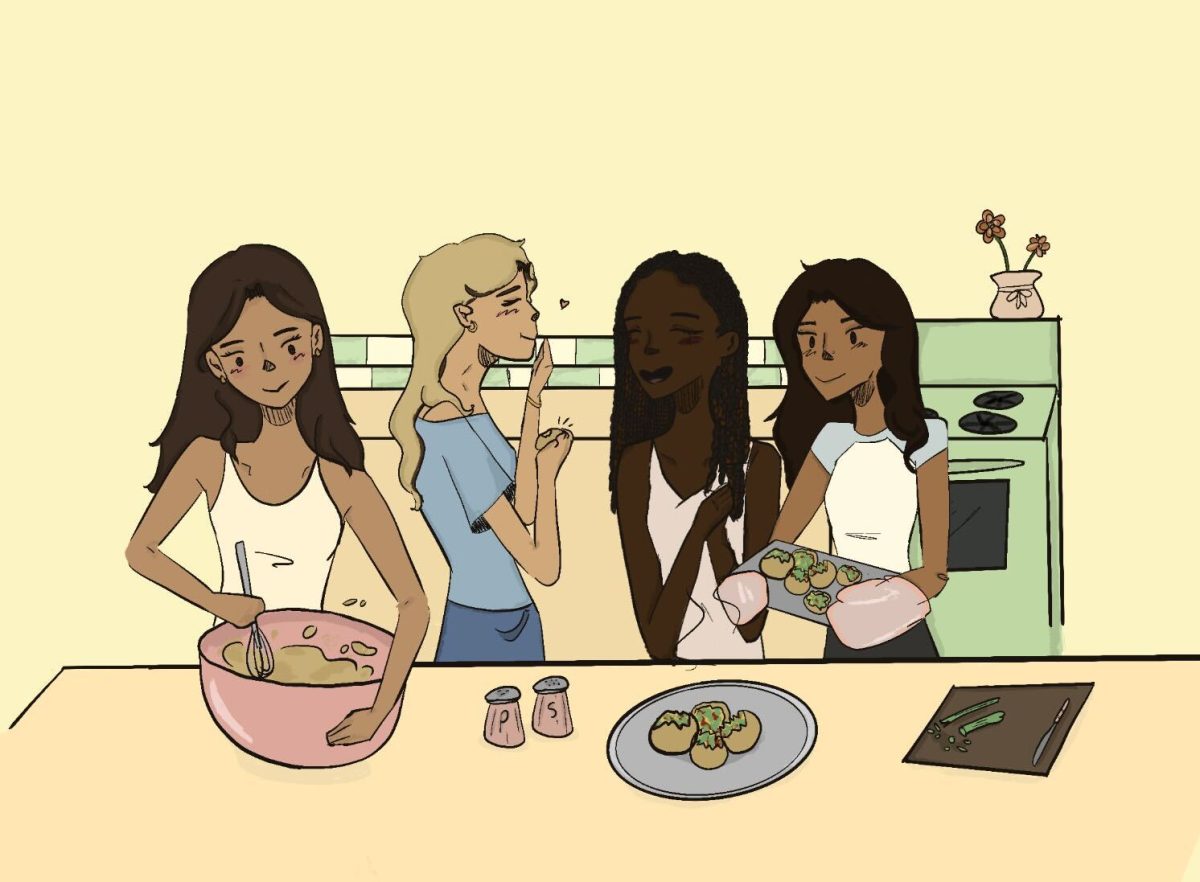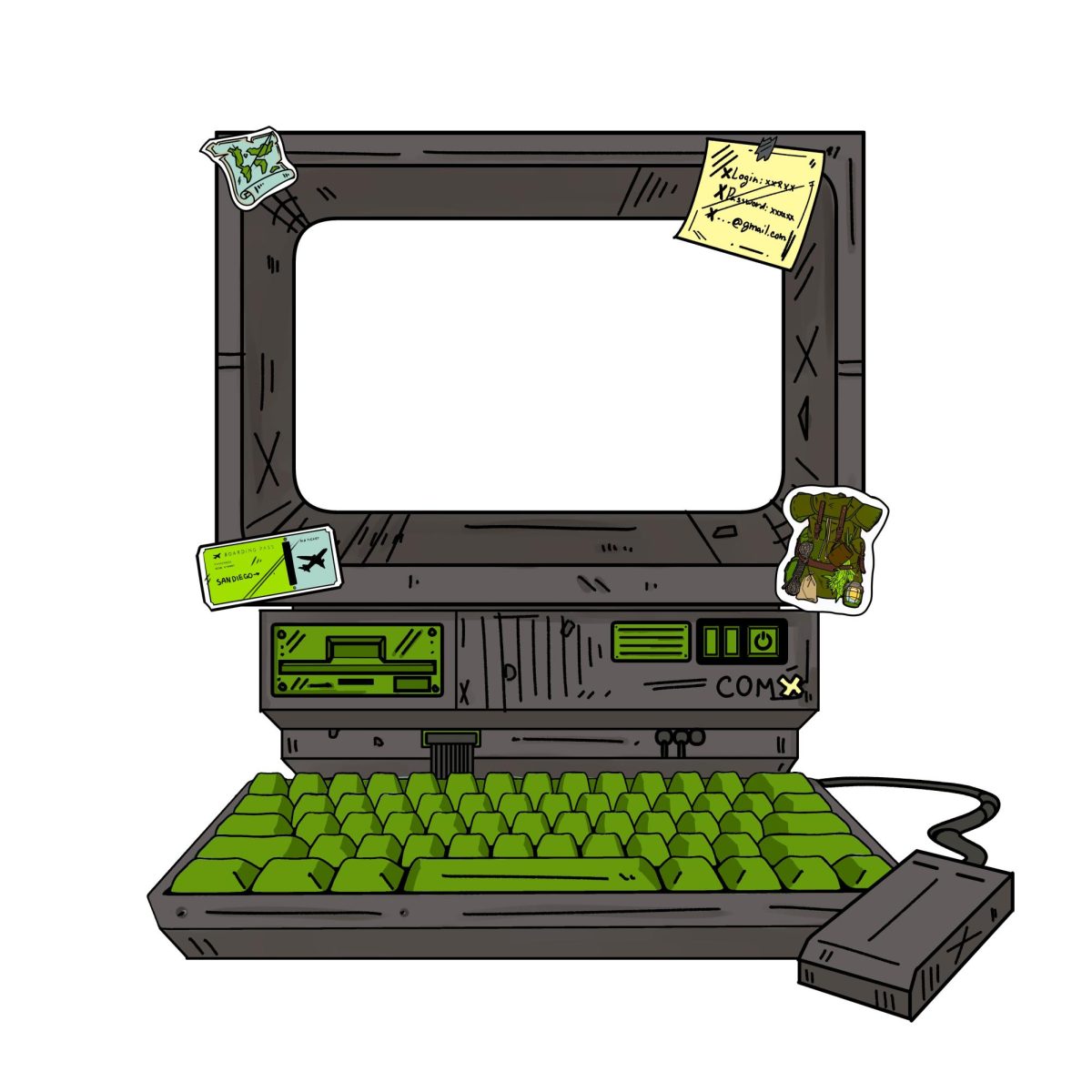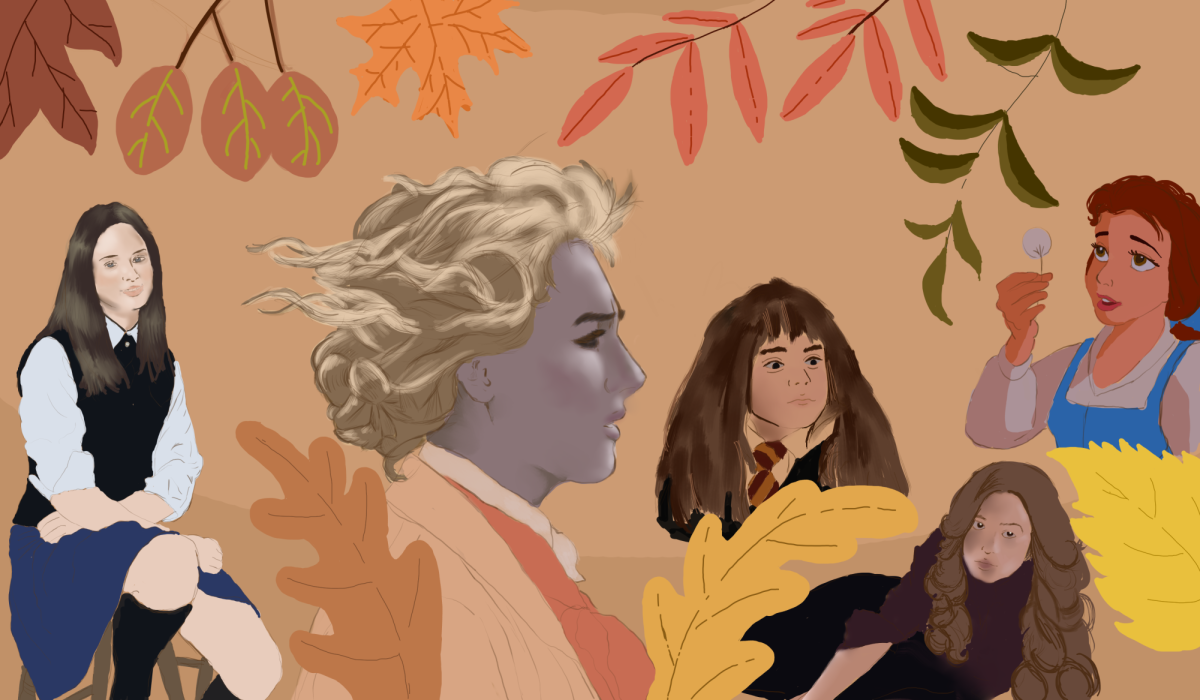The Uses of Photography: Art, Politics and the Reinvention of a Medium Featured at MCASD La Jolla (700 Prospect Street Sun-Sat 11 a.m.-5 p.m., closed Wednesdays)
by: Brittney Lu
Opening last Friday night, Museum of Contemporary Art San Diego La Jolla’s newest addition, “The Uses of Photography: Art, Politics and the Reinvention of a Medium,” is a vibrant collection of multimedia pieces centered on 1960–80s San Diego. Featuring video projections, hybrid photography, personal narratives, videos and protest pieces, “The Uses of Photography” is an artistic translation of the sociopolitical tension unique to the UCSD campus and American culture during a time of civil unrest and hegemonic dissent.
Curator Jill Dawsey envisions that this exhibit would be able “to tell the story of a number of artists, clustered at UCSD during the 1970s … experimenting with photography in new and interesting ways” with emphasis not only on “the form of photography, but subjects in photography.” Displays like Carrie Mae Weem’s critique on the highly controversial Moynihan report does just that. In Weem’s series, the audience receives a multisensory feel of what it means to be an “other” in the context of the stereotypical nuclear American family. Using an audiovisual presentation of family dynamics through black and white photography, text and recordings, Weems redefines what the family unit looks like while giving space and insight for the viewer to tackle with the sociological impacts of a master narrative.
Dawsey goes on to say that “the photography becomes this kind of expanded hybrid medium … used in a way that best expresses the [artist’s] idea.” For instance, Elizabeth Sisco’s installation, “Flashcards,” incorporates text and photography to create a piece simulating Spanish vocabulary practice cards as part of her commentary on the border relationship between San Diego and Mexico. Positioned next to a provocative, ceiling-to-floor narrative on the lived experience of a socially deemed “illegal immigrant,” this portion of the exhibit delves further into the complicated border flow between San Diego and its sister city, Tijuana. Questioning citizenship as well as what it means to be “American,” Sisco’s piece is a reflection of past sentiment and a projection of present public forum.
The exhibit curates a climate in which all featured artists expose their work with a “social consciousness, [which Dawson] wishes we would have in more artists today.” The presented art triggers a discussion about the harmonious blending of art usage in political movements, and perhaps, even a challenging proposition to increase appreciation for UCSD’s own current visual arts department. An example of blending academics, art and politics can be seen in a collection of UC Berkeley’s protest art during the Vietnam War; bold colors, shadowed silhouettes and propaganda text compose not only a visual art piece, but a platform on which student artists play their role in political expression.
Essentially, Dawson hopes this exhibit blends the “questions of politics and social realities” through conceptual art. “The Uses of Photography” perfectly captures this vision. With compelling pieces acting as aesthetic dissent, this compilation of artwork at MCASD La Jolla comments on the integral use of art in politics, while furthering the role of the camera lens as one not solely for documentation, but argumentation and rebellion. Nonetheless, the exhibit is an absolute must-see (it helps that UCSD students get in for free), for both the artistic composition and sociopolitical message.


